Time travel remains one of humanity’s most captivating fantasies. Witnessing history unfold before our eyes—experiencing the grandeur of ancient civilizations, the revolutionary moments of social change, or the pristine natural landscapes before modern development—appeals to our innate curiosity about the past. These destinations weren’t always ruins or modern tourist attractions; they once stood at their zenith, bustling with life and significance.
Here is a list of 20 incredible historical places worth visiting in their prime eras, when these locations truly showcased their magnificence and cultural importance.
Library of Alexandria (Egypt)
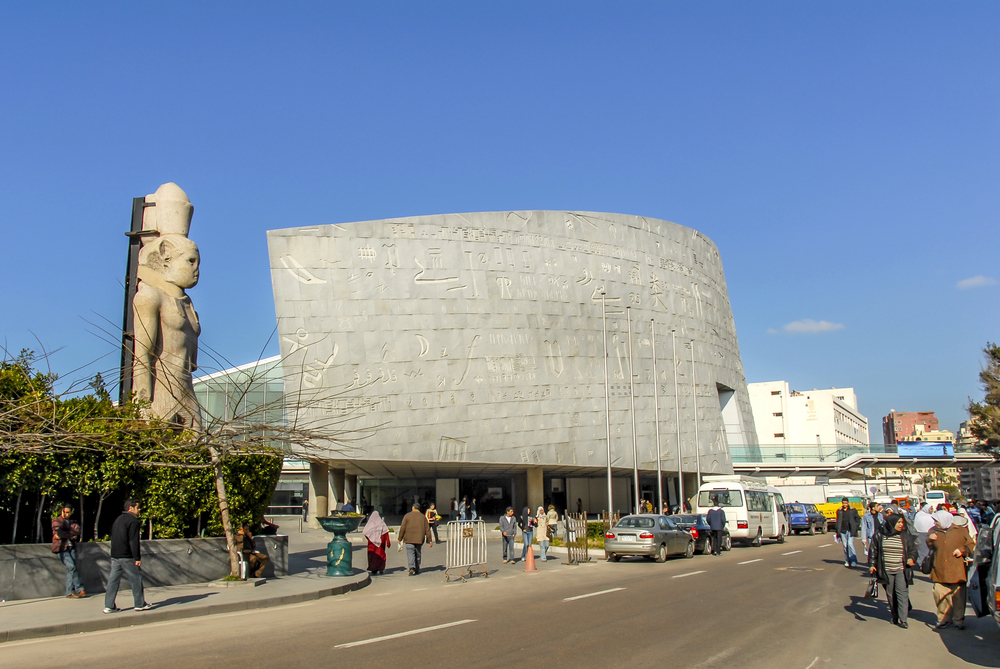
The greatest knowledge repository in the ancient world existed in full glory during the 3rd century BCE. The Library housed hundreds of thousands of scrolls containing literature, poetry, drama, philosophy, history, and science from across the Mediterranean world.
Walking through its columned halls, you would have encountered scholars debating astronomical theories or copying precious manuscripts while overlooking the harbor of Alexandria.
Angkor Wat (Cambodia)
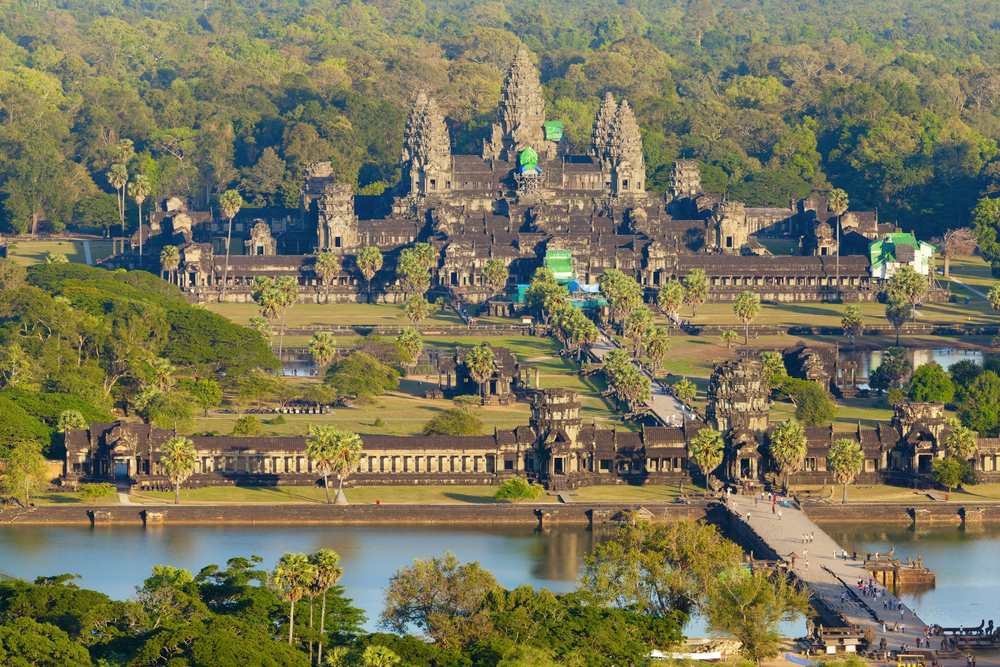
In the 12th century, this massive temple complex served as the thriving heart of the Khmer Empire. Unlike today’s tourist-filled ruins, Angkor Wat is in its prime, featuring freshly carved reliefs painted in vibrant colors, ceremonial pools filled with lotus flowers, and thousands of attendants maintaining its grounds.
The surrounding city housed nearly a million residents—making it one of the ancient world’s largest urban centers.
Like Travel Pug’s content? Follow us on MSN.
Constantinople (Turkey)
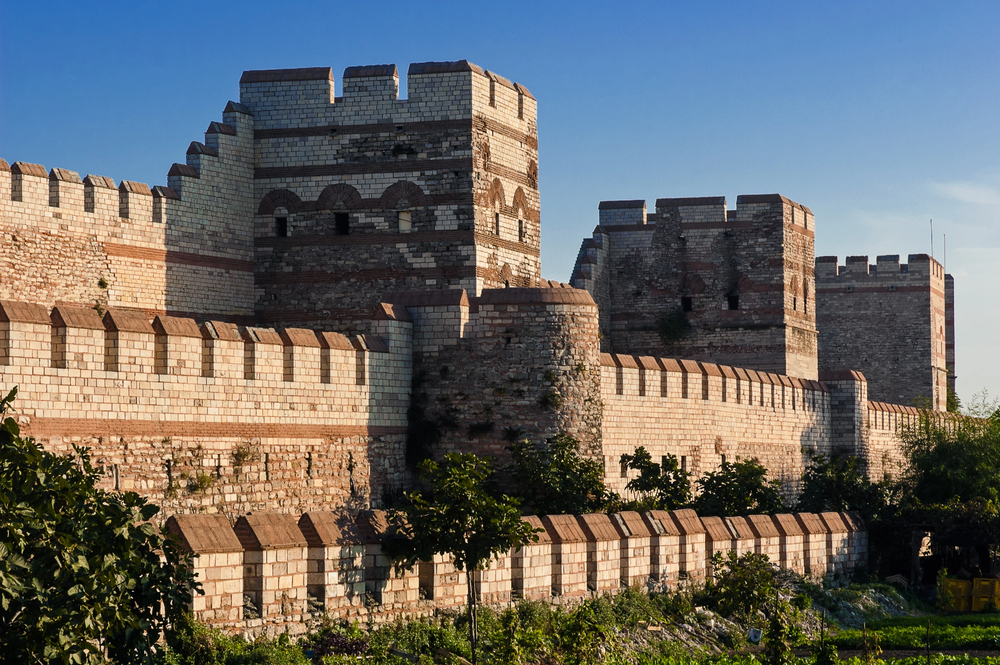
Visiting Constantinople in 1000 CE would reveal a medieval metropolis unmatched in splendor. The city blended Roman engineering, Greek culture, and Oriental luxury at the crossroads of Europe and Asia.
From the golden mosaics of the Hagia Sophia to the elaborate chariot races at the Hippodrome, Constantinople represented the height of medieval civilization. At the same time, much of Europe remained in the Dark Ages.
Great Plains (United States)
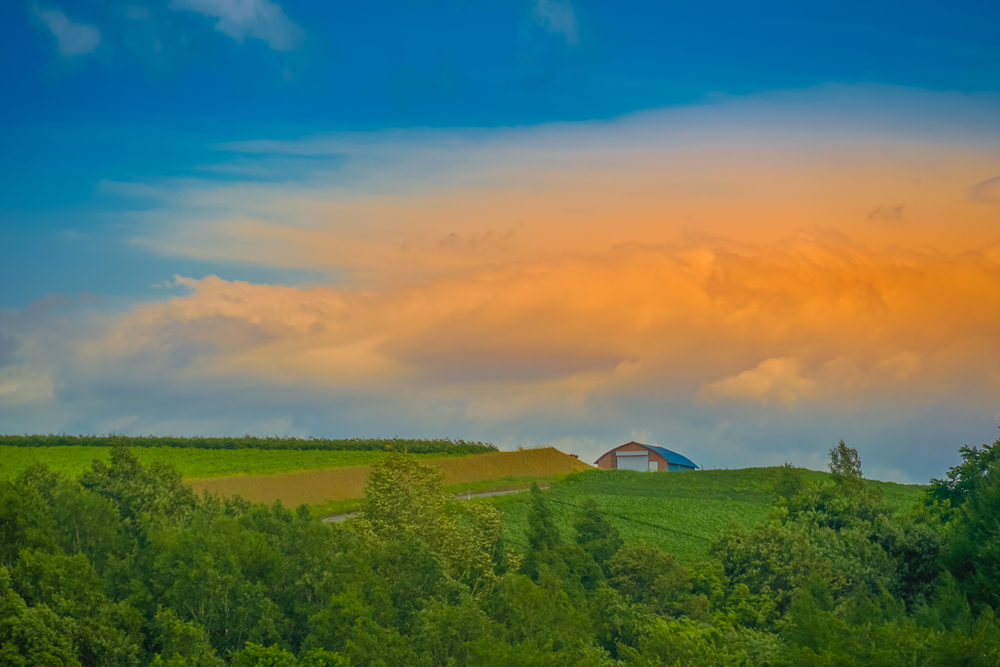
Before European settlement transformed the American landscape, the Great Plains hosted vast herds of American bison numbering in the tens of millions. These massive creatures roamed freely across a sea of native grasses extending beyond the horizon.
The ecosystem supported an intricate web of indigenous cultures that followed the migrations and developed sophisticated societies in harmony with this incredible natural abundance.
Tenochtitlan (Mexico)
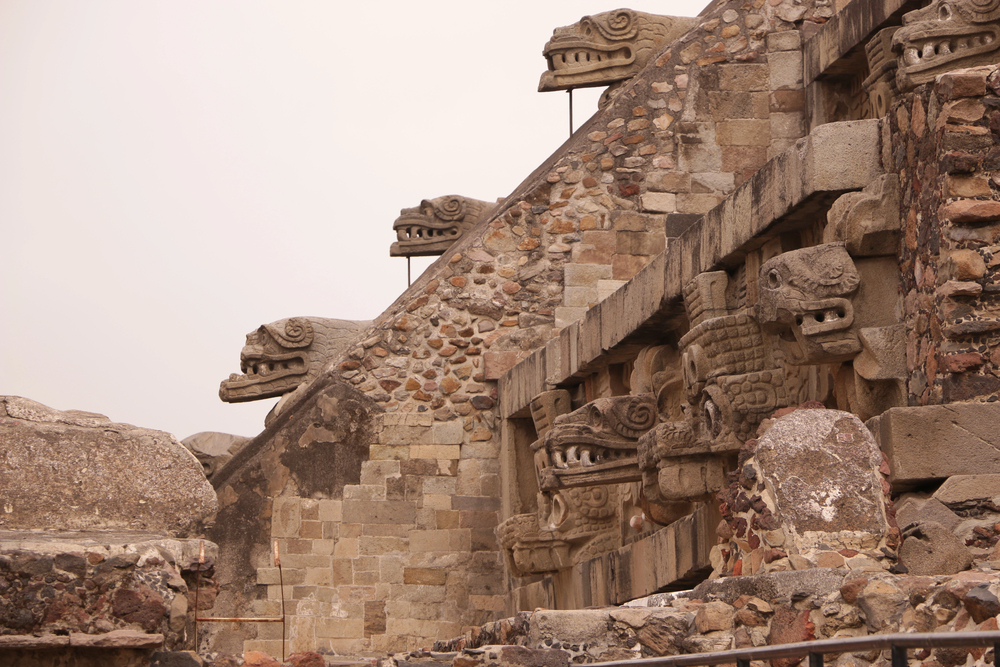
The Aztec capital of 1519, built on an island in Lake Texcoco just before the Spanish conquest, would astonish any time traveler. This city of 200,000 people featured floating gardens, massive stone temples, bustling markets, and a complex system of canals rivaling Venice.
The Spanish conquistadors wrote of their amazement upon first glimpsing this magnificent urban center rising from the water.
Like Travel Pug’s content? Follow us on MSN.
Tang Dynasty Chang’an (China)

As the world’s largest city in the 8th century, Chang’an (modern Xi’an) represented the pinnacle of the Tang Dynasty’s cultural achievement. The rigorously planned metropolis featured broad avenues, cosmopolitan markets selling goods from across Asia, and elaborate gardens where poets composed works that are still read today.
During China’s most culturally open and artistically innovative period, the city housed over a million residents from diverse backgrounds.
Persepolis (Iran)
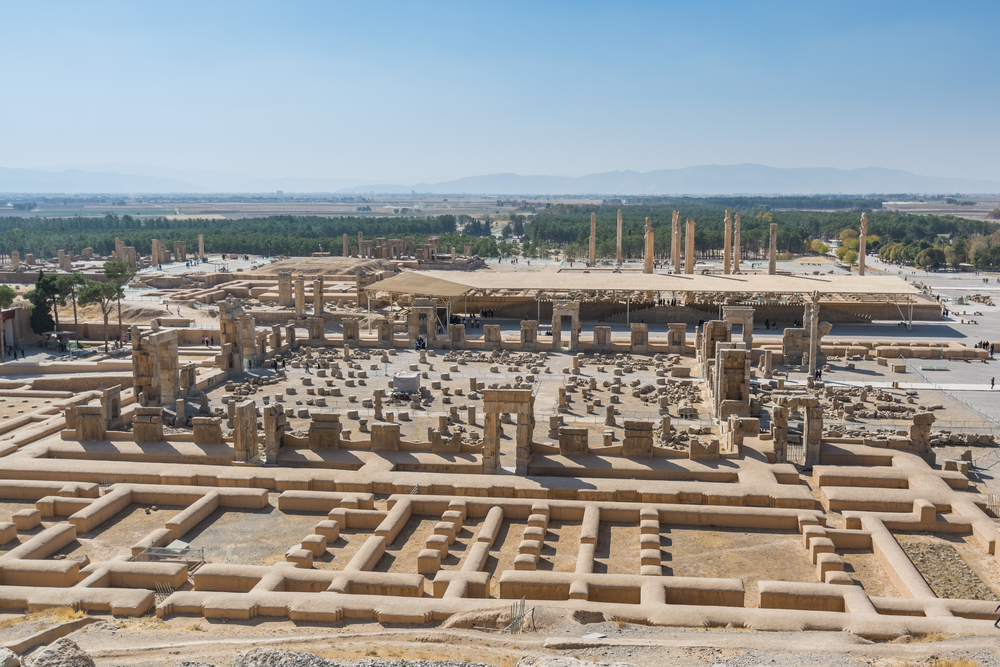
The ceremonial capital of the Persian Empire reached its peak of magnificence around 350 BCE. Visiting during the spring New Year festivities would let you witness delegations from across the world—from Ethiopia to India—bringing exotic gifts to the Persian king.
The massive terraced complex featured palaces with intricately carved staircases, colorful glazed brick decorations, and enormous winged bull sculptures guarding its entrances.
Venice (Italy)
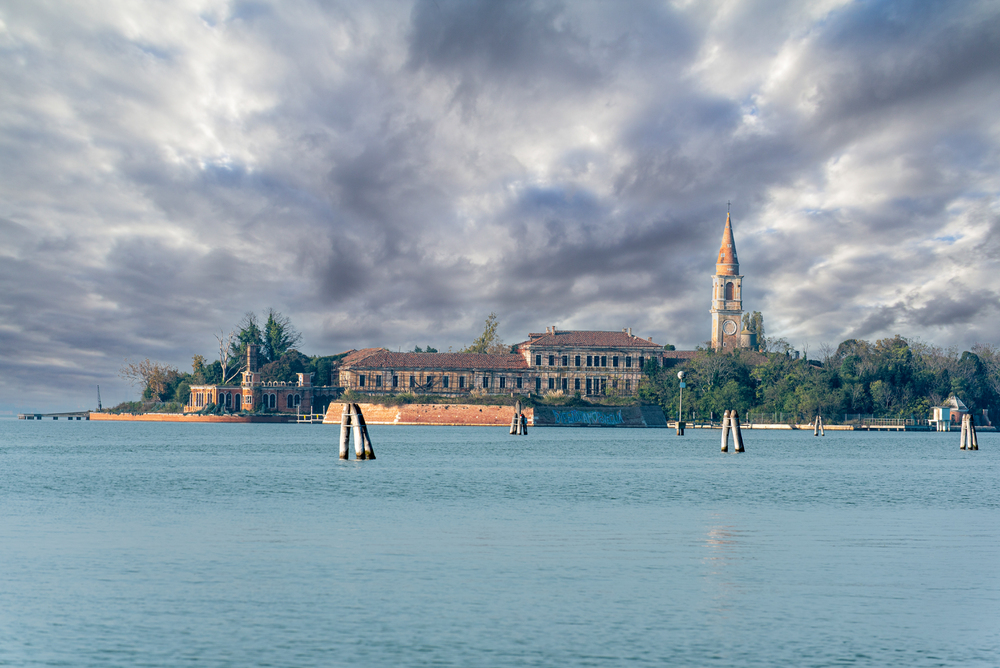
The maritime Republic of Venice in the 15th century represented the height of commercial power and artistic patronage. Hundreds of ships docked in its harbors daily, unloading spices, silks, and treasures from distant lands.
The city’s palaces gleamed with newly-applied gold leaf and marble, while workshops produced Europe’s finest glass, textiles, and shipbuilding. Venice’s wealth and strategic position made it the trading hub connecting the East and West.
Like Travel Pug’s content? Follow us on MSN.
Cahokia (United States)
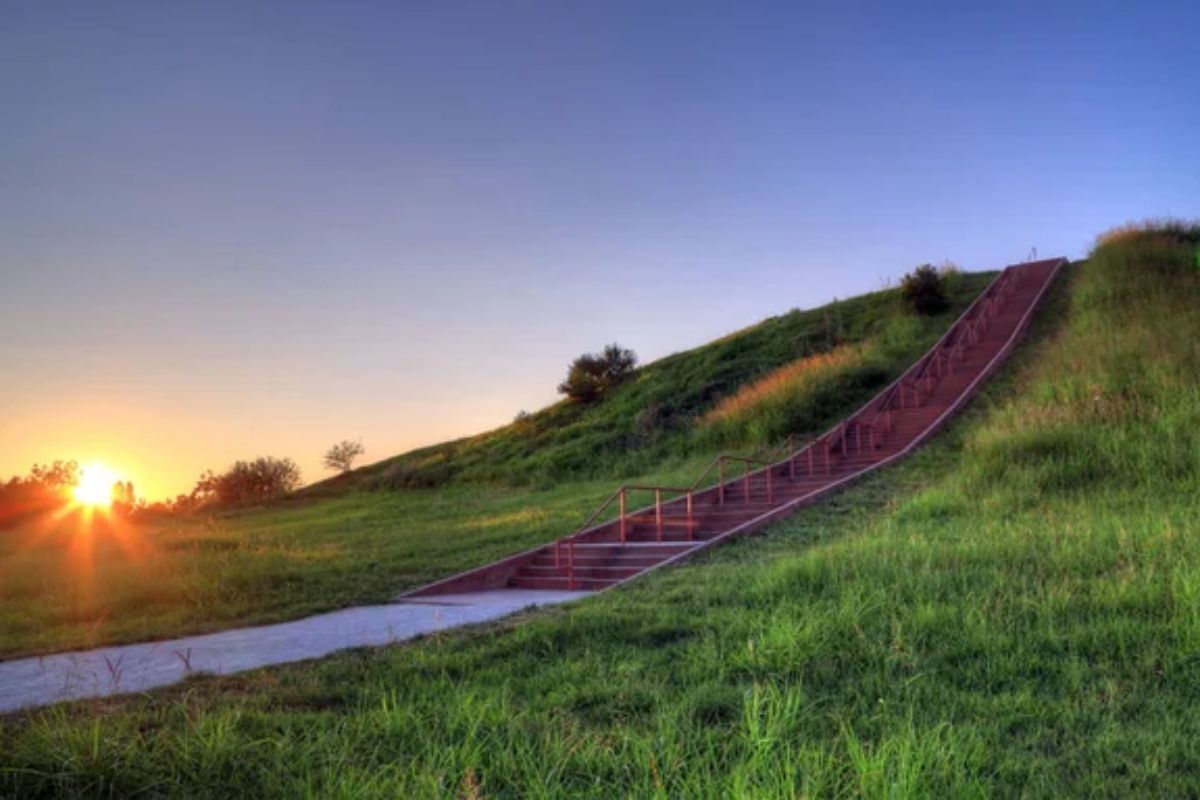
Around 1200 CE, the largest pre-Columbian settlement north of Mexico thrived along the Mississippi River. This sophisticated urban center featured enormous earthen mounds supporting temples and elite residences.
Visiting during a ceremonial gathering would reveal thousands of people from surrounding communities converging for trade, religious ceremonies, and social events—a complexity of Indigenous civilization rarely acknowledged in popular history.
Belle Époque Paris (France)
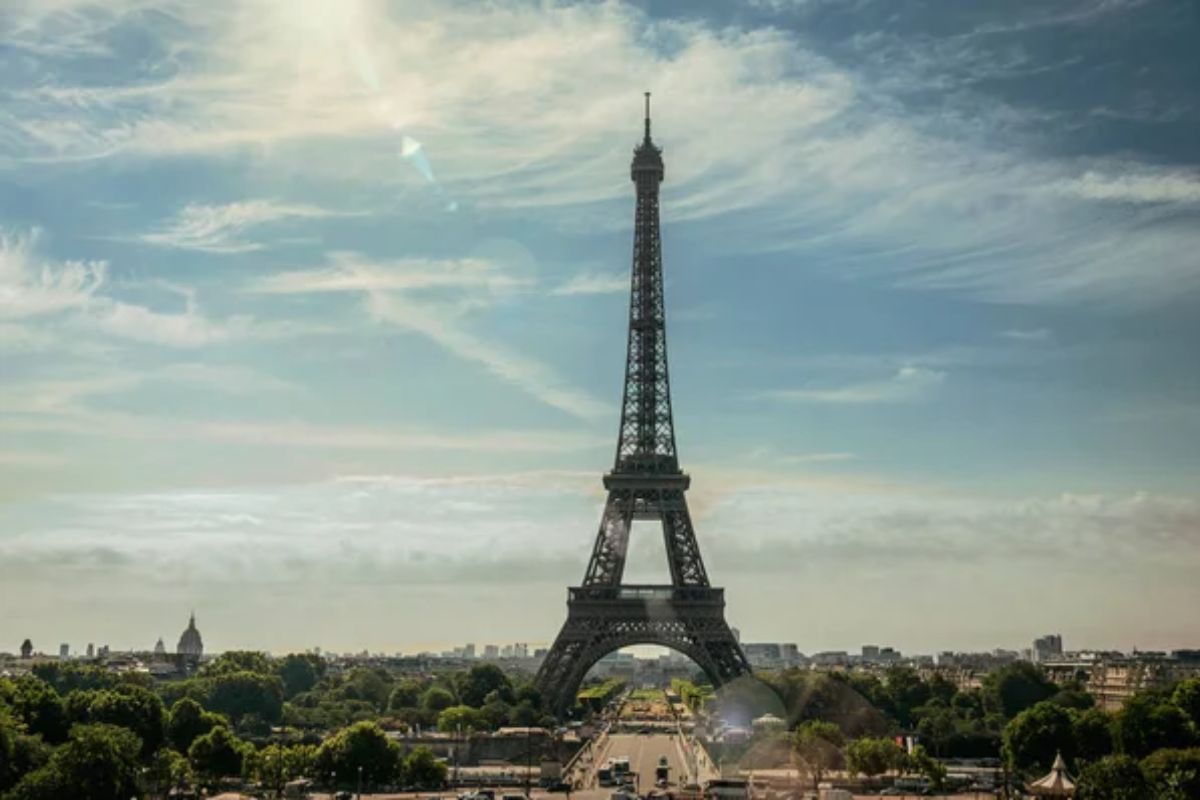
Between 1880 and 1914, Paris represented the epicenter of modern art, literature, and scientific advancement. Visiting during this golden age would allow you to sit in cafés where Picasso sketched revolutionary works, attend the first cinema showings by the Lumière brothers, marvel at the brand-new Eiffel Tower, and perhaps catch a glimpse of Marie Curie heading to her laboratory.
The city hummed with creative energy and technological optimism.
Moorish Cordoba (Spain)
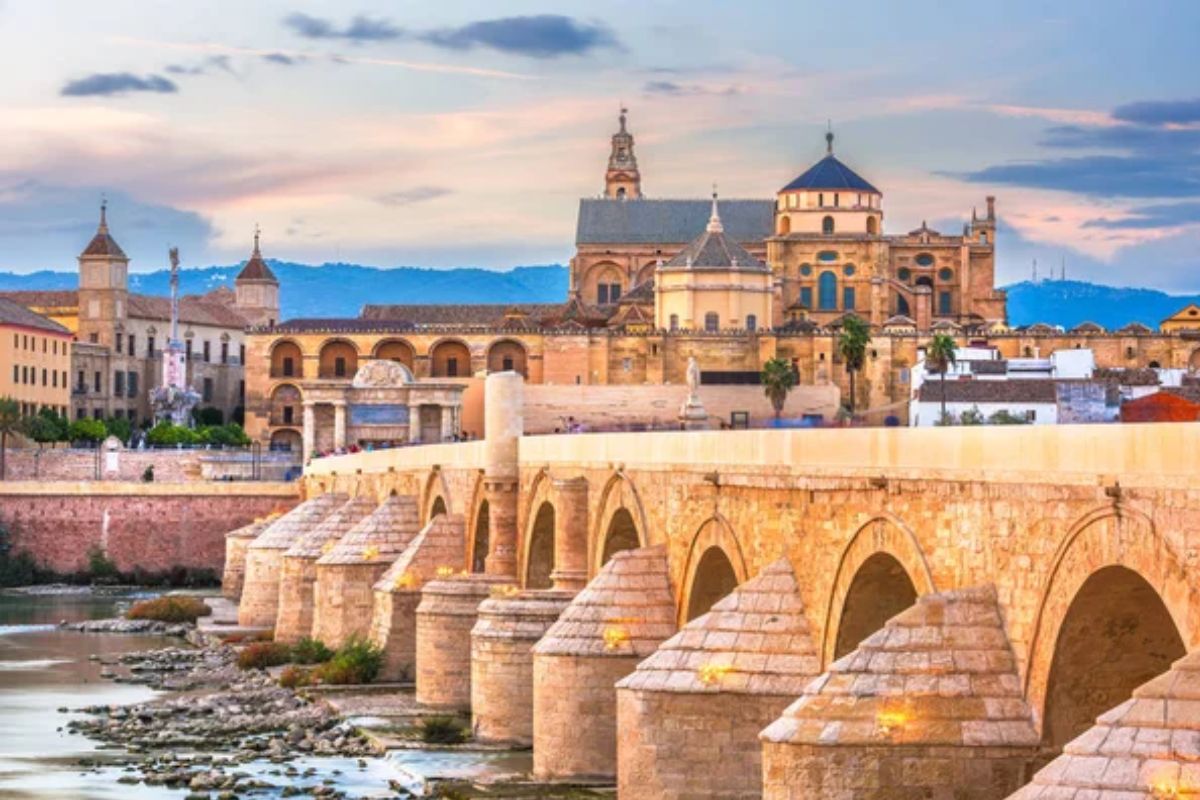
In the 10th century, Cordoba was Europe’s largest and most cultured city. Its stunning innovations in mathematics, astronomy, medicine, and philosophy were reflected in its paved and lit streets, hundreds of public baths, magnificent libraries, and the breathtaking Great Mosque.
While much of Europe remained intellectually stagnant, Cordoba’s multicultural society preserved and expanded classical knowledge, making it the true intellectual heir of Rome and Greece.
Like Travel Pug’s content? Follow us on MSN.
Ancient Thebes (Egypt)

Visiting Thebes (modern Luxor) during the height of the New Kingdom around 1400 BCE would reveal Egypt at its imperial zenith. The massive temple complexes of Karnak and Luxor operated at full capacity, with hundreds of priests conducting daily rituals.
Across the Nile, artists and artisans worked on royal tombs in the Valley of the Kings, applying vivid paintings that would later fade over millennia of exposure.
Gyeongbok Palace (Korea)
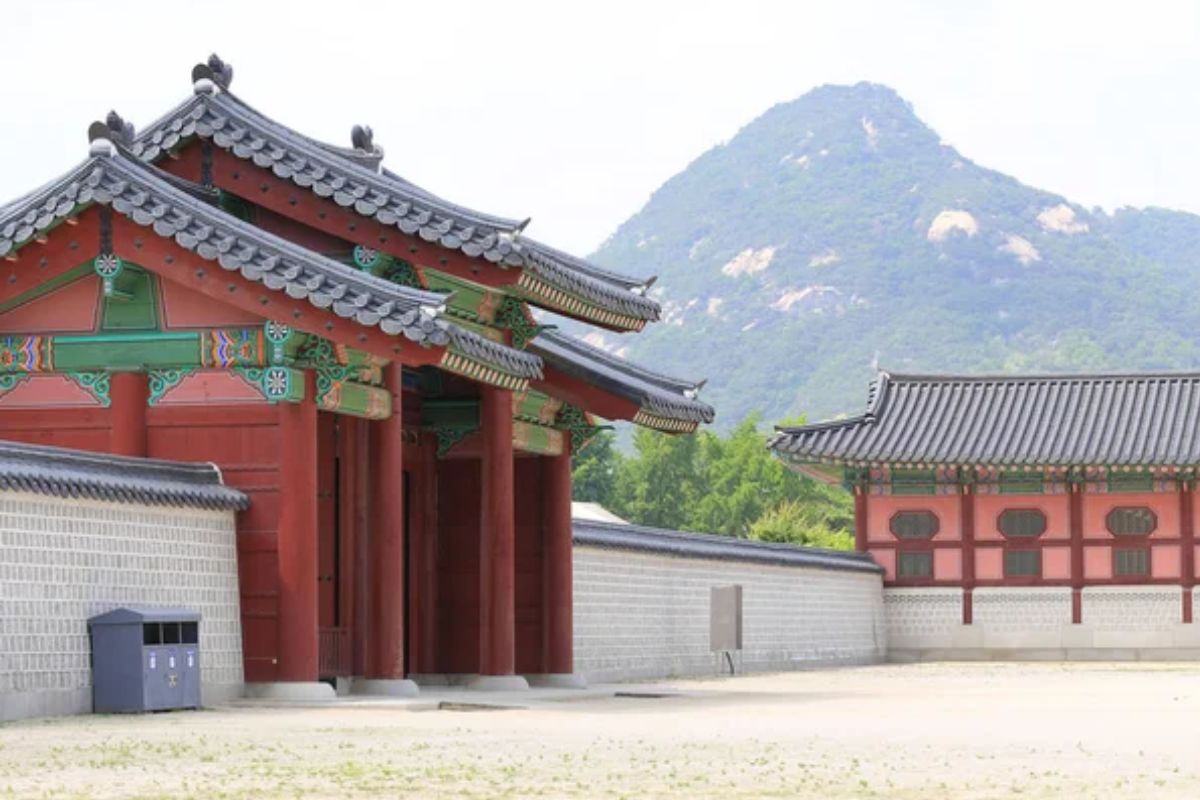
After centuries of development, the main royal palace of the Joseon Dynasty reached its fully restored glory in the late 19th century. Walking through its grounds, one would see court officials in traditional dress conducting state business, royal guards practicing martial formations, and elaborate ceremonies reflecting Korea’s sophisticated cultural traditions.
The harmonious arrangement of buildings against the mountain backdrop exemplified Korean architectural principles.
Babylon (Iraq)
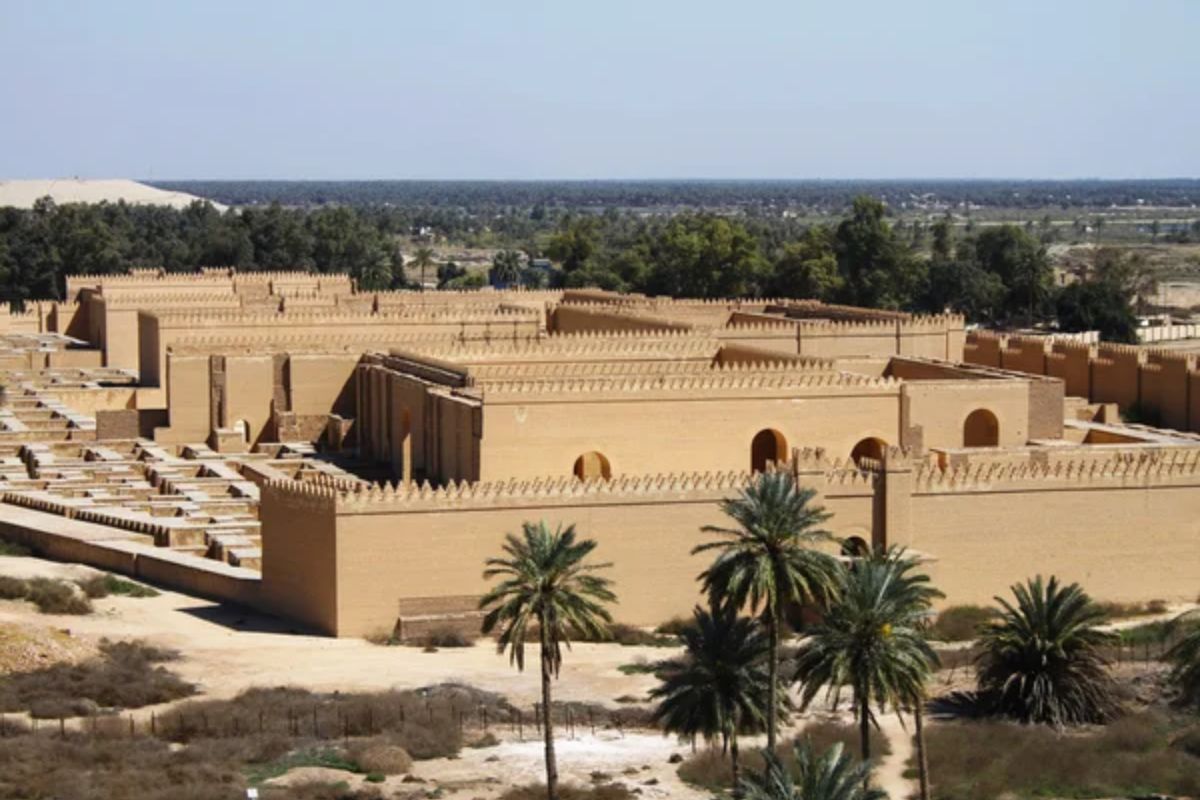
During the reign of Nebuchadnezzar II around 600 BCE, Babylon represented the greatest city in the ancient Middle East. The legendary Hanging Gardens cascaded with exotic plants, while the massive blue Ishtar Gate welcomed visitors with glazed tiles depicting mythical beasts.
Babylon’s ziggurat temple tower reached toward the heavens, and its astronomers made calculations of astonishing accuracy using clay tablets and simple instruments.
Like Travel Pug’s content? Follow us on MSN.
Classical Athens (Greece)
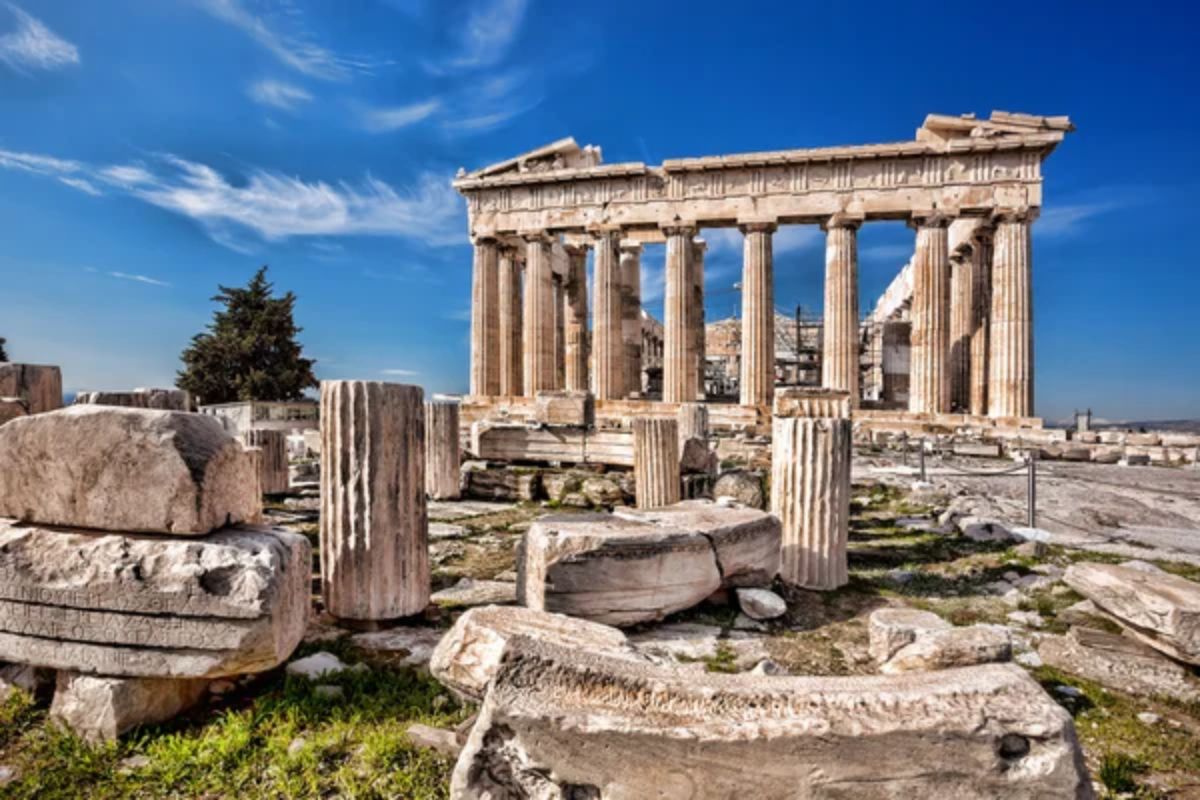
Athens in 440 BCE would allow you to witness democracy in its experimental early form and philosophy in its foundational period. You might encounter Socrates engaged in debate at the marketplace, watch the first performance of plays still studied today, or see the Parthenon freshly completed with its original bright colors and gold details—far different from the weathered white ruins we associate with Greek architecture today.
Incan Cusco (Peru)
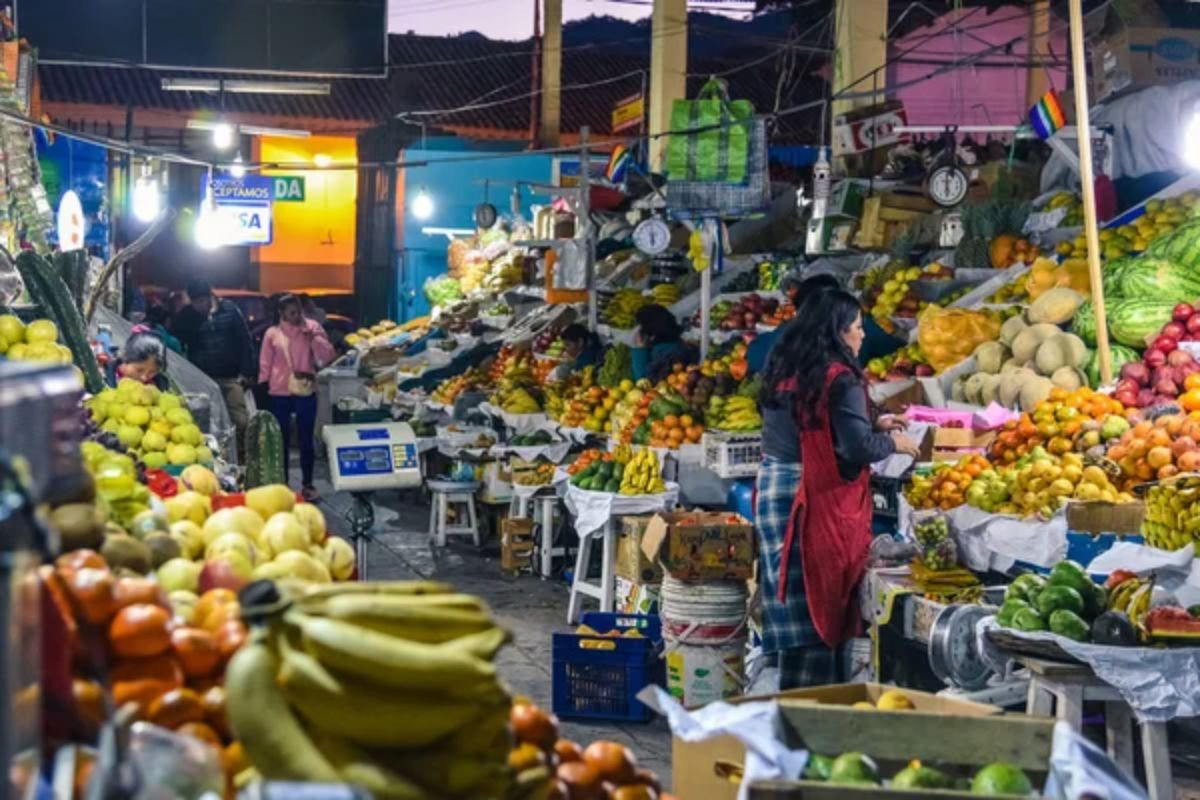
Before the Spanish conquest, Cusco served as the administrative center of the vast Incan Empire. The city’s precisely cut stone walls (still standing today) supported temples roofed in gold sheets that reflected sunlight across the valley.
A visit during a major festival would reveal thousands gathering from across the empire, wearing colorful textiles and participating in ceremonies following astronomical alignments with perfect precision.
Victorian London (England)
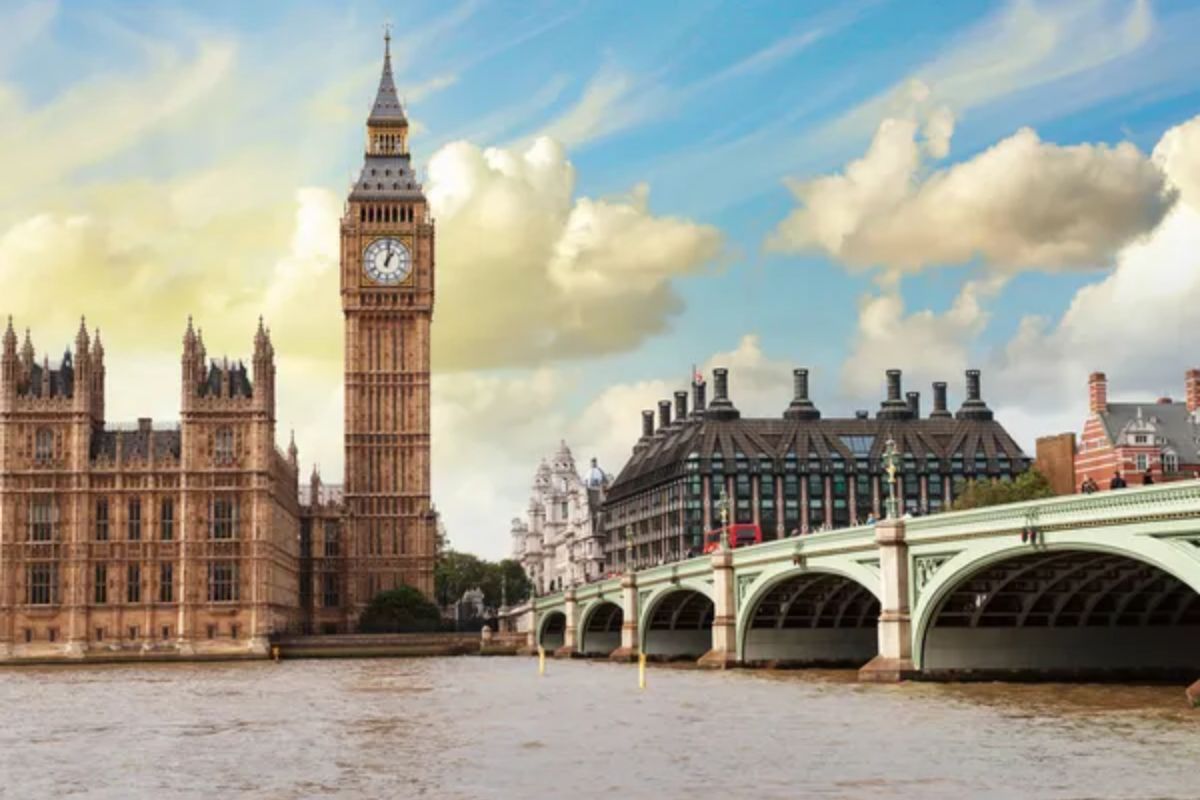
London in the 1880s was the capital of the most extensive empire in history and the center of the Industrial Revolution’s second phase. The city combined extreme wealth and grinding poverty, technological marvels, and environmental disasters.
Visitors could witness the opening of the world’s first electric underground railway, browse new department stores with global goods, or attend scientific lectures showcasing revolutionary new theories that would shape the modern world.
Like Travel Pug’s content? Follow us on MSN.
Ancient Rome (Italy)
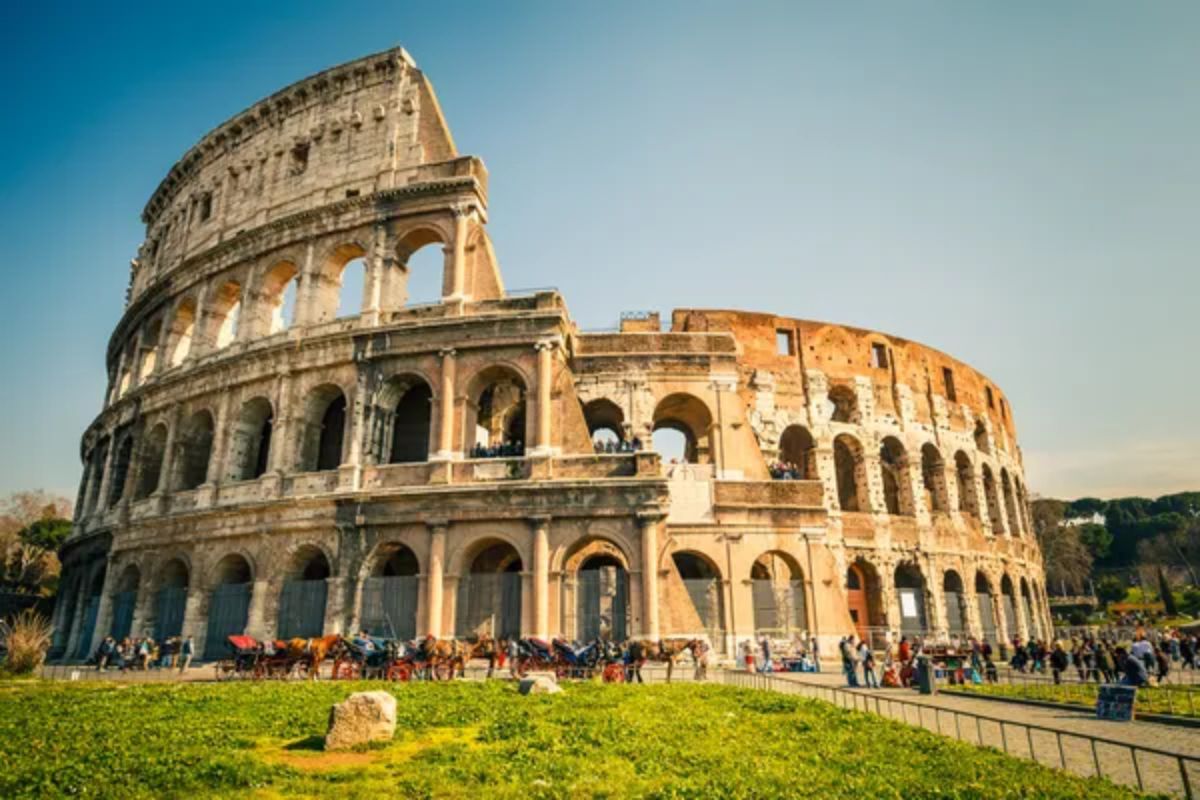
The eternal city peaked around 120 CE during Emperor Hadrian’s reign. A visit then would reveal the Colosseum, which hosted elaborate spectacles; the Forum, which bustled with administrative activity; and the recently completed Pantheon, which showcased Roman engineering genius.
With a population approaching one million, Rome featured advanced infrastructure, including aqueducts, sewers, apartment buildings, and public baths, on a scale unmatched until the modern era.
Heian-kyō (Japan)
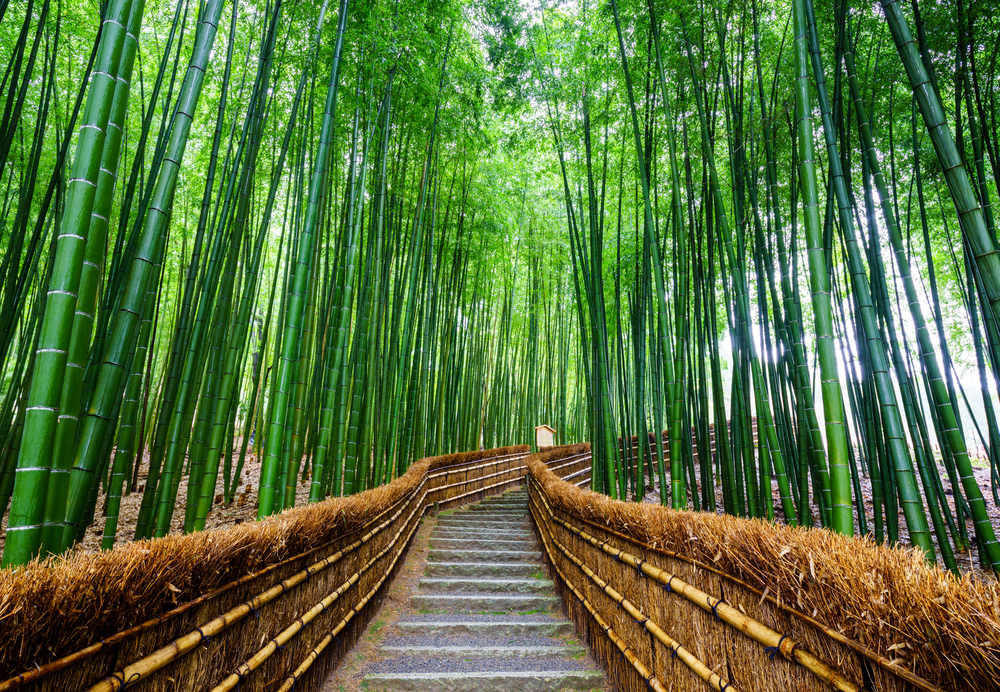
The imperial capital of Japan (modern Kyoto) during the Heian period (794-1185 CE) represented the flowering of classical Japanese culture. Court nobles in elaborate multi-layered robes moved between elegant wooden palaces arranged according to cosmological principles.
The cultural refinements later celebrated in ‘The Tale of Genji’—from poetry competitions to garden design—evolved during this period of relative peace and artistic focus.
Machu Picchu (Peru)

Visiting this mountaintop Incan estate around 1530, just before European contact, would reveal a functioning royal retreat rather than an abandoned ruin. The precisely cut stone buildings would have featured thatched roofs, and the surrounding agricultural terraces would have actively produced crops.
The site’s astronomical alignments would have been actively used for ceremonies, with priests and nobility occupying this sacred space as intended by its builders.
Like Travel Pug’s content? Follow us on MSN.
Echoes Across Time

These destinations remind us that every ruined temple, faded painting, or abandoned city was once new, vibrant, and filled with human activity. Time travel remains beyond our technological capabilities, but historical understanding offers mental time travel—allowing us to reconstruct these places in their prime through careful study and imagination.
By appreciating these locations’ peak moments, we gain a fuller understanding of human achievement across cultures and eras.
More from Travel Pug

- 20 Destinations That Were Once Thriving but Are Now Quietly Disappearing
- 15 Hidden Spots in Disney World’s Magic Kingdom Most Visitors Miss
- 20 Once-Popular Beach Towns That Are Now Ghostly Empty
- 20 Beautiful US Lakefront Towns Where You Can Live for Under $2000 a Month
- 20 Caribbean Islands That Are Safer Than People Think
Like Travel Pug’s content? Follow us on MSN.
